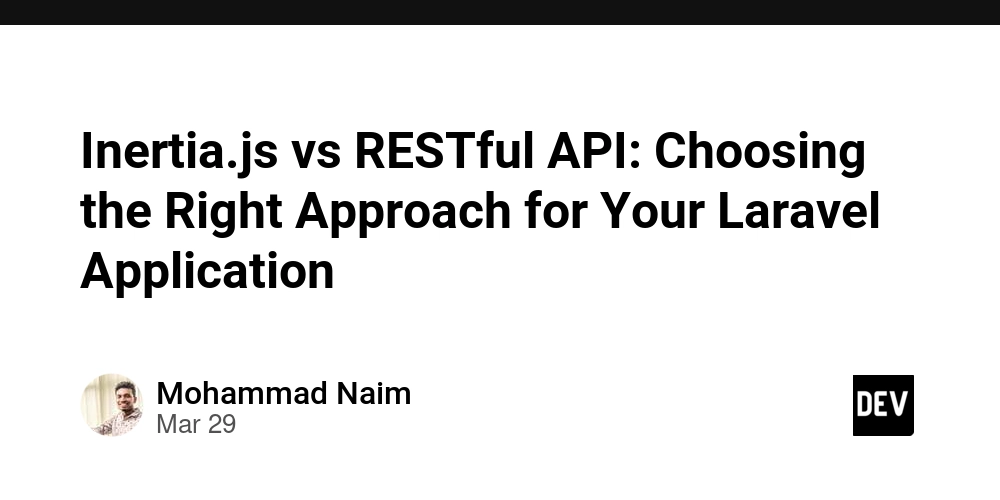Building homes on federal land could lower costs — if cities are held in check
Success will depend not only on how quickly and broadly the plan is implemented, but on making sure any newly opened land is not bogged down by the local land use regulations that make housing so scarce and expensive in the first place.

The Departments of the Interior and Housing and Urban Development are exploring making some federal land available for homebuilding to alleviate a stubborn housing shortage estimated at over 20 million homes. Their success will depend not only on how quickly and broadly the plan is implemented, but on making sure any newly opened land is not bogged down by the local land use regulations that make housing so scarce and expensive in the first place.
The current home shortage is primarily due to excessively restrictive local land-use rules that favor relatively expensive homes on large lots. But particularly in western states, land for homebuilding is limited by federal holdings near fast-growing metropolitan areas like Las Vegas, Phoenix and many others.
Western land was opened to large-scale settlement through 1862’s Homestead Act, which resulted in the sale of more than 420,000 square miles — around 11 percent of the country — in blocks of up to 160 acres, typically to small farmers. As quality agricultural land grew scarce, claims plummeted and nearly dried up by the 1930s.
In 1946, the Bureau of Land Management was formed, reflecting a shift from sales toward maintaining land that had not attracted buyers. In 1976, the Federal Land Policy and Management Act repealed the Homestead Act, signaling an embrace of federal ownership and management, growing environmental concern and other changing currents in public opinion.
But in the following years, something else changed: The rapid growth of sunbelt cities made valuable land once thought worthless.
But selling federal land had become complex and politically fraught under the Federal Land Policy and Management Act, and western cities began to chafe against confinement. By the 1990s, the situation had become too pressing to ignore. The Southern Nevada Public Land Management Act authorized the Bureau of Land Management to transfer certain land to address a housing shortage in Las Vegas.
Its success has been mixed, with around 40 percent of the designated land still unsold. Land that has been sold has been subject to municipal zoning, which typically imposes restrictions such as minimum lot sizes, frontage requirements, setbacks and other mandates that hinder builders from constructing low-cost houses.
Today, western states such as Nevada, Arizona, Utah, Idaho, California and Oregon have some of the highest home price-to-income ratios in the nation. Hemmed in by federal land and burdened by their own expensive regulations, cities that should be centers of opportunity for a new generation are instead starter-home deserts. New houses are prohibitively expensive for too many buyers.
The new initiative promises to revisit the Federal Land Policy and Management Act’s assumptions in a comprehensive way that encompasses all affected municipalities. Done right, it could cut through burdensome procedural barriers to selling federal land, relieve cost pressures on western urban markets, allow new cities to grow in appropriate locations and remain attentive to environmental and conservation concerns.
But the number of resulting homes that most Americans can comfortably afford will be closely tied to local land use regulations.
In Reno, Nevada, I found that new homes on lots smaller than 5,000 square feet appraised at an average of $343,000, while those on 5,000-to-7,000-foot lots were appraised at $461,000. Yet less than 10 percent of the single-family lots in Reno — and zero percent of the area of one major development district — allows homes on less than 5,000 square feet of land.
Frontage requirements also played a role in Reno. Each additional 10 mandated feet corresponded with an extra $60,000 in home costs.
So, unless the Bureau of Land Management and HUD push back against local policies like these by attaching robust, enforceable conditions to transfers or negotiating ironclad development standards that ensure that starter homes are legal to build, expect to see some nice, spacious — and expensive — homes built. Local politics almost inevitably lead to zoning that would blunt the affordability impact of land sales.
Beyond cost, there are environmental benefits to allowing smaller homes, including both single-family homes on small lots and multifamily housing. Higher-density housing makes more efficient use of urban land, reducing the rate of outward sprawl. Small lots in arid western climates also mean fewer large, irrigated yards sapping water supplies.
And while the benefits for American families could be immense, the amount of land required relative to total federal acreage is modest. The homesteading farmer sought 160 acres or more, but today’s starter homes can sit on one-tenth of an acre or less.
Mountains of evidence show the exclusionary, cost-raising effect of overzealous local zoning. Federal authorities have an opportunity to do more than open land to Americans seeking a home to call their own. They can show our cities and counties what happens when inclusive policies allow for starter homes in addition to houses only the wealthy can afford.
Charles Gardner is a research fellow with the Mercatus Center at George Mason University.

















































































